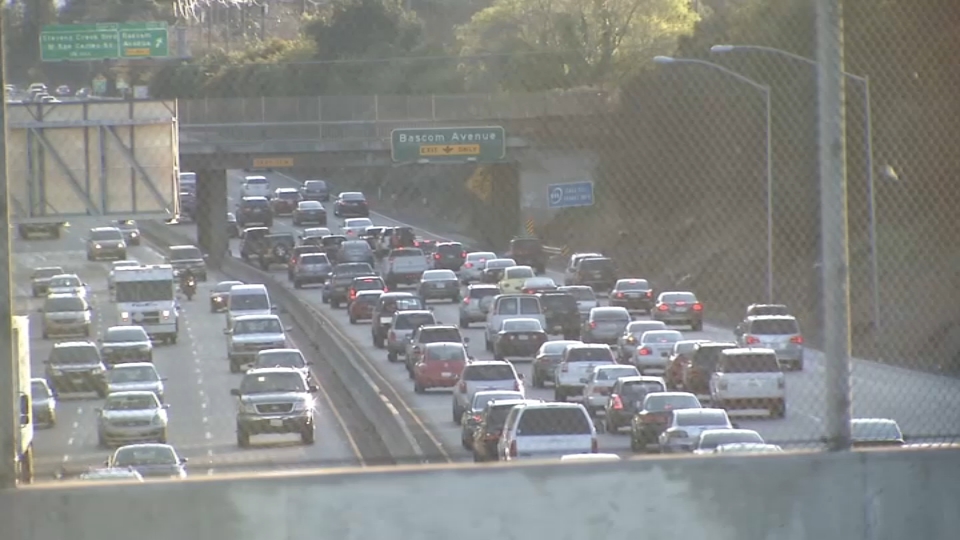The massive container ships pulling in and out of the busy Port of Oakland will now be plugging-in, in an effort to curb pollution.
On Friday, port officials celebrated the completion of its new electrical grid, which will provide electrical power to docking ships, allowing them to plug-in and switch off idling engines while loading and unloading cargo.
The program is in direct response to new regulations by the California Air Resources Board aimed at reducing port pollution 80 percent by 2020.
“Now they’ll be able to come plug-in to grid power which is cleaner,” said Port of Oakland Spokesman Isaac Kos-Read.
The port installed powered sub-stations at 11 terminal berths where a steady stream of ships load and unload cargo 24 hours a day. Each berth has its own set of large industrial-sized plugs which the ships can patch into.
The project cost $70 million dollars, half paid with state and federal grants, and the rest covered by port revenue. Private shipping companies had to foot the bill to retrofit existing ships with the new technology. A shipping industry spokesman said the work cost more than one-million dollars per ship.
"Every single vessel that comes in and plugs-in, either had to be built new with the specs for plugging-in, or retrofitted,” said Mike Jacob, director of the Pacific Merchant Shipping Association.
Local
Jacob said container ships normally run auxiliary engines while loading and unloading cargo, a process which can take 24 to 48 hours. The engines generally power things like lighting, kitchen equipment and cargo refrigeration equipment.
“Once you’ve gone through the process of plugging in,” said Jacob, “all those auxiliary engines can be turned off and immediately reduce emissions on shore.”
Port pollution is a long source of concern in nearby West Oakland, where hundreds of port-bound trucks pass daily.
“The number of childhood asthma admissions to the emergency room for West Oakland is about five times higher than the rest of Alameda County,” said Ray Kidd of the West Oakland Neighbors’ group.
Several years ago, the California Air Resources Board required truck owners to retrofit or replace high-polluting diesel engines to reduce emissions. Kidd said neighbors have noticed less silt accumulating on cars since the program took effect. He hopes the new program, known as the Shore Power Project, will compound the results.
“It will eliminate many, many tons of particulate matter,” said Kidd. “But there are many, many tons left.”
The California Air Resources Board said the cutting-edge program is aimed at California’s three main ports; Oakland, Los Angeles and Long Beach. Jack Kitowski of the Air Resources Board believed it was one of the strictest port pollution regulations in the world.
“We believe we can get about 4 tons per day of noxious emission reductions by 2020,” Kitowski said.
The visiting ships will pay roughly around $260 per hour for plugging in to the port’s electrical grid -- in contrast to the roughly $300 dollars an hour they spend on fuel to power auxiliary engines.
Officials said the initial goal was to require around one thousand ships a year to plug-in to the new system, with the numbers to increase over the years. The port plans to begin the program on January 1st.



